Best substitute for anchovies | Top options for sauce, dressing, broth & vegan
The last time I ran out of anchovy fillets when making my favorite puttanesca, I was as worried as you. I mean, who would have thought?
Anchovies have a unique taste that can lift up even the most insipid dishes. So I could hardly replace it with anything that could give me the same flavor.
But here’s the plot twist!
That was until I took a leap of faith! I opened the kitchen cabinet, picked up Worcestershire sauce, and mixed it in the sauce.
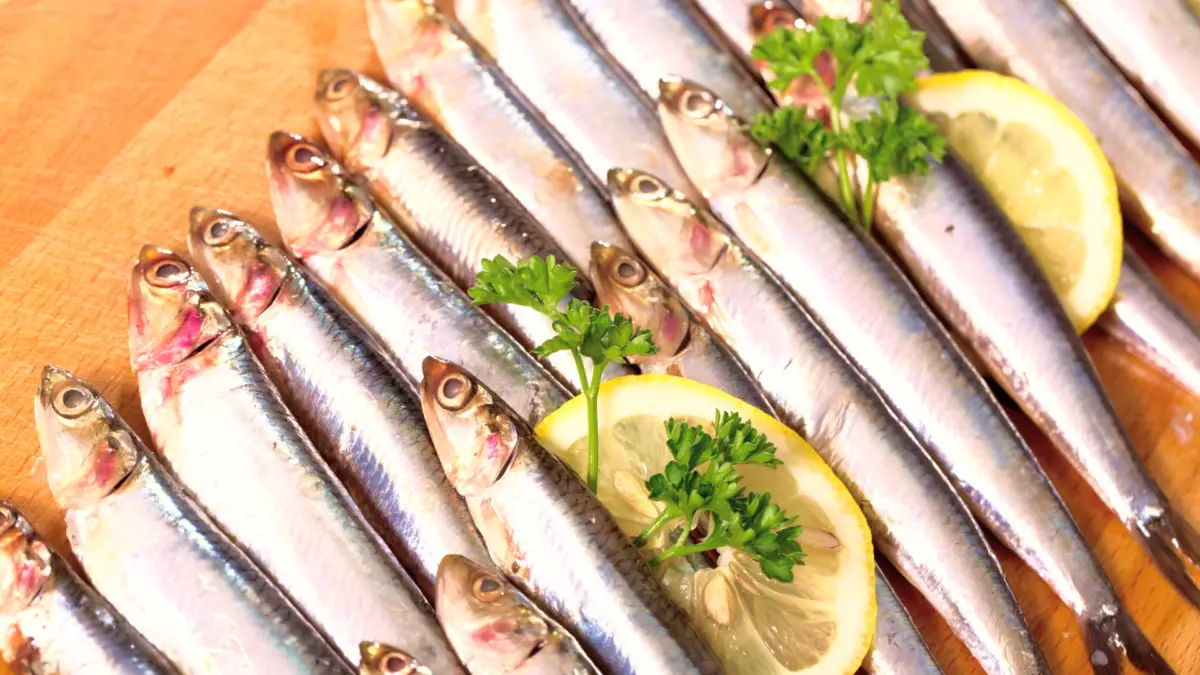
The flavor? You won’t believe it. It was the closest taste I could get to the anchovy paste and an excellent replacement for preserved anchovy fillets. In fact, the other ingredients of Worcestershire sauce made the taste even better!
But there are more substitutes available for anchovies in many different forms.
For example, what if you are looking for a vegetarian or vegan alternative for anchovies? That and more is what we are going to discuss here.
Yes, in this article, I’m about to walk you through some of the substitutes for almost every single dish that makes use of anchovies.

Check out our new cookbook
Bitemybun's family recipes with complete meal planner and recipe guide.
Try it out for free with Kindle Unlimited:
Read for freeIn this post we'll cover:
- 1 What to look for in a substitute for anchovies
- 2 The best substitutes for anchovies in different recipes
- 2.1 Best substitute for anchovy paste: fish sauce
- 2.2 Best substitute for anchovies in Caesar dressing: Worcestershire sauce
- 2.3 Best substitute for anchovies in puttanesca: Worcestershire sauce
- 2.4 Best substitute for anchovy broth: soy sauce
- 2.5 Best vegan substitute for anchovies in Green Goddess dressing: Kalamata olives
- 2.6 Best substitute for dried anchovies: anchovy paste
- 2.7 Best substitute for anchovy fillets: shrimp paste
- 2.8 Best vegetarian / vegan substitute for anchovies: umeboshi paste
- 2.9 Best substitute for anchovies in oil: anchovy paste or fresh anchovies
- 3 FAQs
- 4 Conclusion
What to look for in a substitute for anchovies
Well, before you go on replacing anchovies in a recipe, let’s discuss a little what we are dealing with here.
So, anchovies are small fish of silvery color with blue-green backs, usually having a very tiny size. The maximum length they can grow to is 8 inches.
Generally, you will find two types of anchovies in the market; fresh ones, and preserved ones (in cans or jars).
Where the fresh anchovies have a relatively milder flavor with a little fishiness, they aren’t as common.
The most easily available, and also the most commonly used ones in the kitchen, are the canned ones.
Unlike fresh anchovies, canned anchovies have an extremely pungent taste.
To preserve them, a lot of salt has been used. See how’s its traditionally done here:
Preserved anchovies are therefore very salty and bold-flavored and are only used in little quantities to enhance the taste of soups, sauces, stews, pizza etc.
The substitutes I am about to discuss for anchovies are mostly for the second, salted and canned, type due to their culinary significance and ubiquitous use.
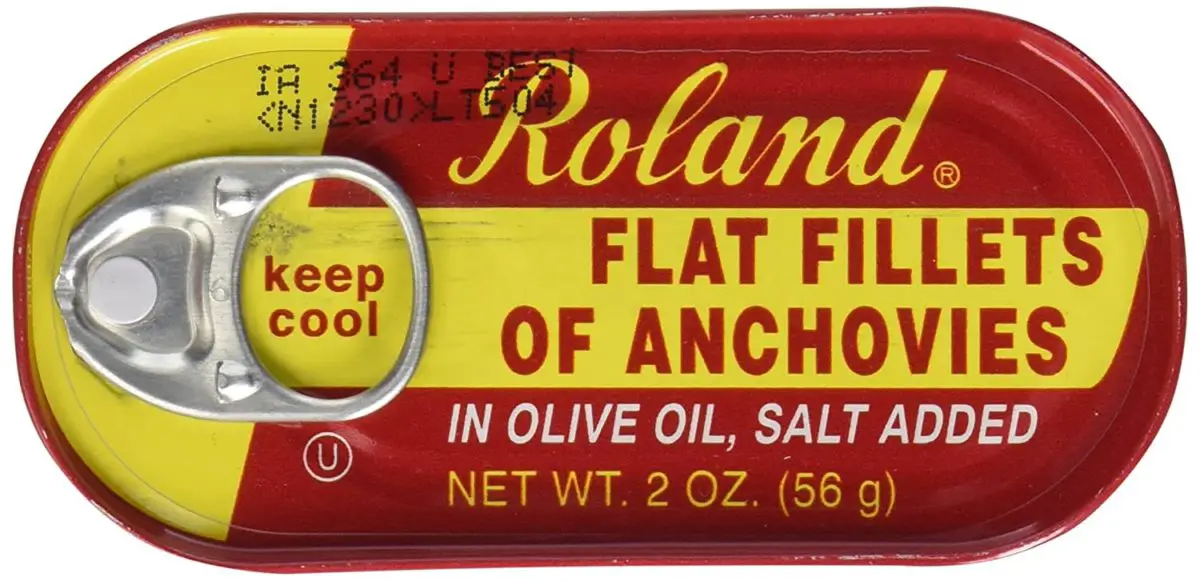
Here, it is important to mention that there’s not a “perfect alternative” for anchovies in every recipe, so we’ll shed light upon those that are best suited for each.
That being clear, let’s get to the real deal now!
The best substitutes for anchovies in different recipes
As I mentioned, the best part about anchovies is that they can be used for many purposes and in many forms.
And each time, they just bring the best out of each dish.
Below given are some of the best substitutes for anchovies in every dish and every form:
Best substitute for anchovy paste: fish sauce
I know this feels treacherous, given that most people love to give first place here to the infamous Worcestershire sauce.
And I would too, except that its use as a substitute for anchovies is very particular, and cannot be the best for everything!
When it comes to something that is as versatile, or at least close to anchovy paste, nothing beats fish sauce.
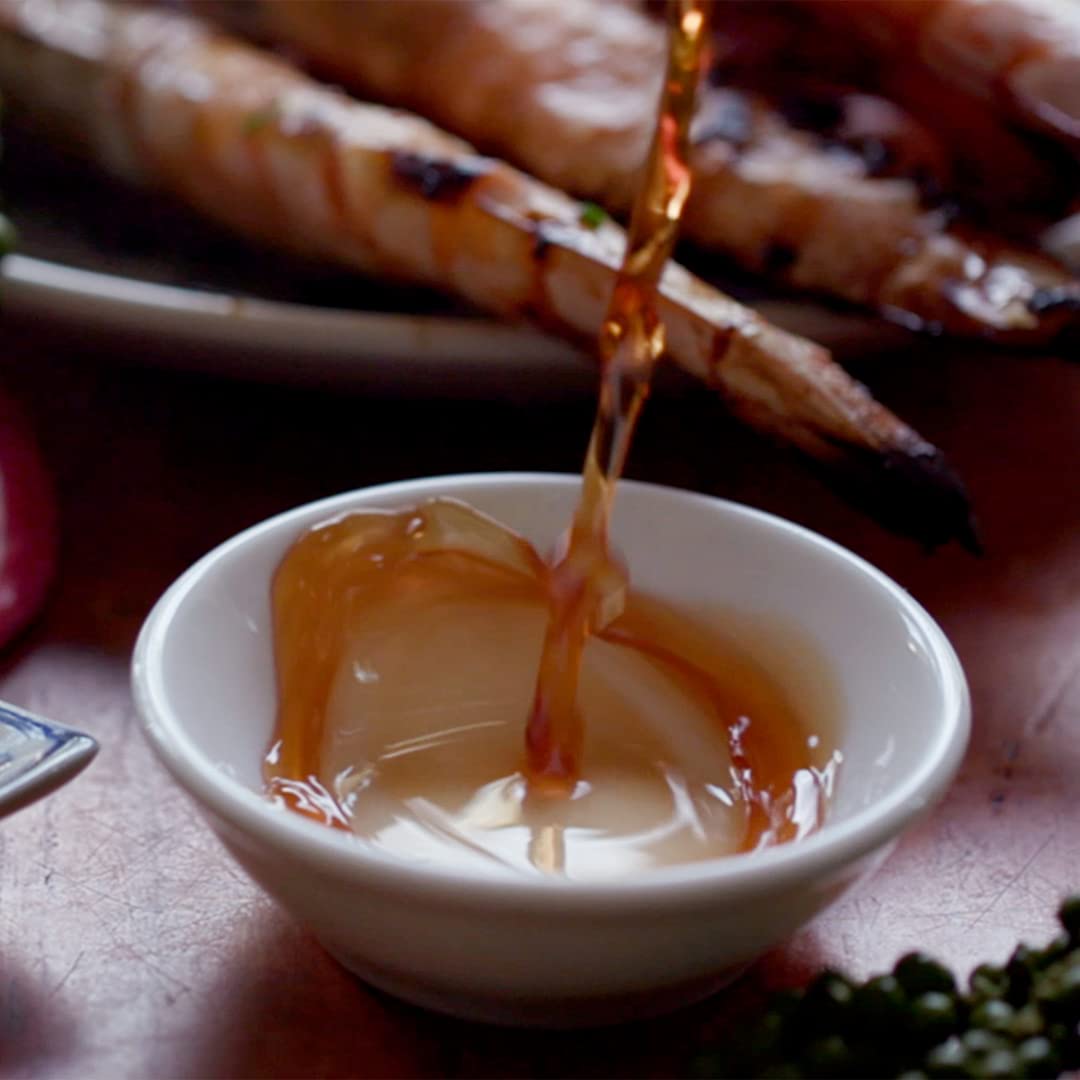
Asian fish sauce has a very earthy, salty, and umami flavor that can complement many savory dishes, especially miso soup, stews, curries, savory rice dishes, and braises.
Moreover, you could also use it in a Caesar salad dressing, given that the sauce is made from fermented anchovies.
The only thing that could be slightly offsetting about Asian fish sauce, though, would be the pungent, fishy aroma, which makes it very undesirable for pizzas, and most kinds of pasta.
Learn more: Anchovy Sauce vs fish sauce – are they the same?
Best substitute for anchovies in Caesar dressing: Worcestershire sauce
Although the fish sauce is often preferred for Caesar dressing due to the more prominent spicy notes, It doesn’t mean that Worcestershire sauce is terrible.
In fact, it appeals to the tastebuds of most people over fish sauce due to its less intense taste and complementary ingredients that give it some extra punch.
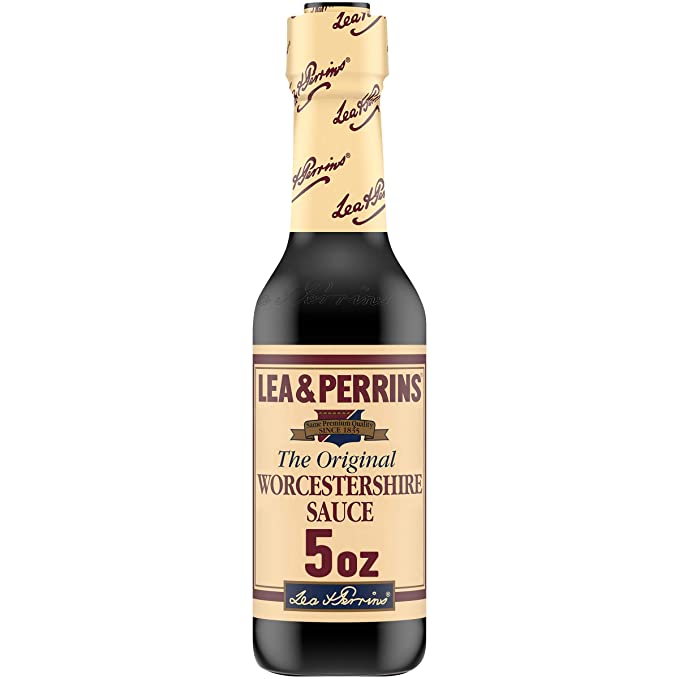
When you are out of anchovies for a Caesar dressing, just put some Worcestershire sauce in a bowl and mix it with lemon juice, garlic, salt pepper, mustard, and capers.
Afterward, break an egg into these ingredients and beat it until super smooth.
And there you have, a perfect dressing for Caesar salad with the same signature fishiness of anchovies and a bunch of other notes for extra taste.
Yum, a Caesar dressing is also great to serve alongside Filipino Calamares (Fried Squid Rings)
Best substitute for anchovies in puttanesca: Worcestershire sauce
What? Worcestershire sauce again? The simple answer is that I had to include it!
Despite the fact that a puttanesca isn’t a puttanesca without anchovy fillets or anchovy paste, you got to have a substitute in desperate times.
That’s especially true when you really crave some puttanesca spaghetti and find no way to get around it. In such cases, Worcestershire sauce can be your last resort.

As the Worcestershire sauce has anchovies as one of its primary ingredients, an optimum amount of it will be enough to make up for the saltiness and fishiness of anchovies fillets, however, with a prominent umami flavor.
So if you aren’t someone who considers it blasphemous to deviate from the traditional puttanesca recipe, you would certainly love the extra taste punch Worcestershire sauce adds to your dish.
And trust me when I say this; it tastes good!
Best substitute for anchovy broth: soy sauce
Since anchovy broth has a very mild and clean umami flavor, there’s no better alternative to it than the legendary soya sauce (or soy sauce, you may call it).

The only difference is the strong flavor of soy sauce, which you can balance down by adjusting the amount you add to the recipe.
Anchovy broth (which is not the same as dashi broth) may even taste flavorless when tasted alone.
The thing that makes it unique is the rich flavor it adds to different soups and stews, including the infamous sundubu.
Although most people also prefer Asian fish sauce and shrimp paste for the purpose, it’s too intense to replace something as mild as anchovy broth.
Besides, that fishy taste isn’t for everyone.
So if you are making a dish that includes anchovy broth as its primary flavor but don’t have it, and you don’t want to sacrifice the dish’s authenticity as well, use an optimum amount of soy sauce to get that signature umami taste.
The most famous producers of soy sauce is of course the Kikkoman brand
Best vegan substitute for anchovies in Green Goddess dressing: Kalamata olives
The taste of Green Goddess dressing is as good as its name, and a part of it can be accredited to the unique taste anchovy fillets (or anchovy paste) add.
In fact, it’s a major part of the traditional recipe.
But hey, if you can’t seem to or simply don’t want to use anchovy in the recipe and are ready to rebel against the traditions, then your best choice is Kalamata olives.
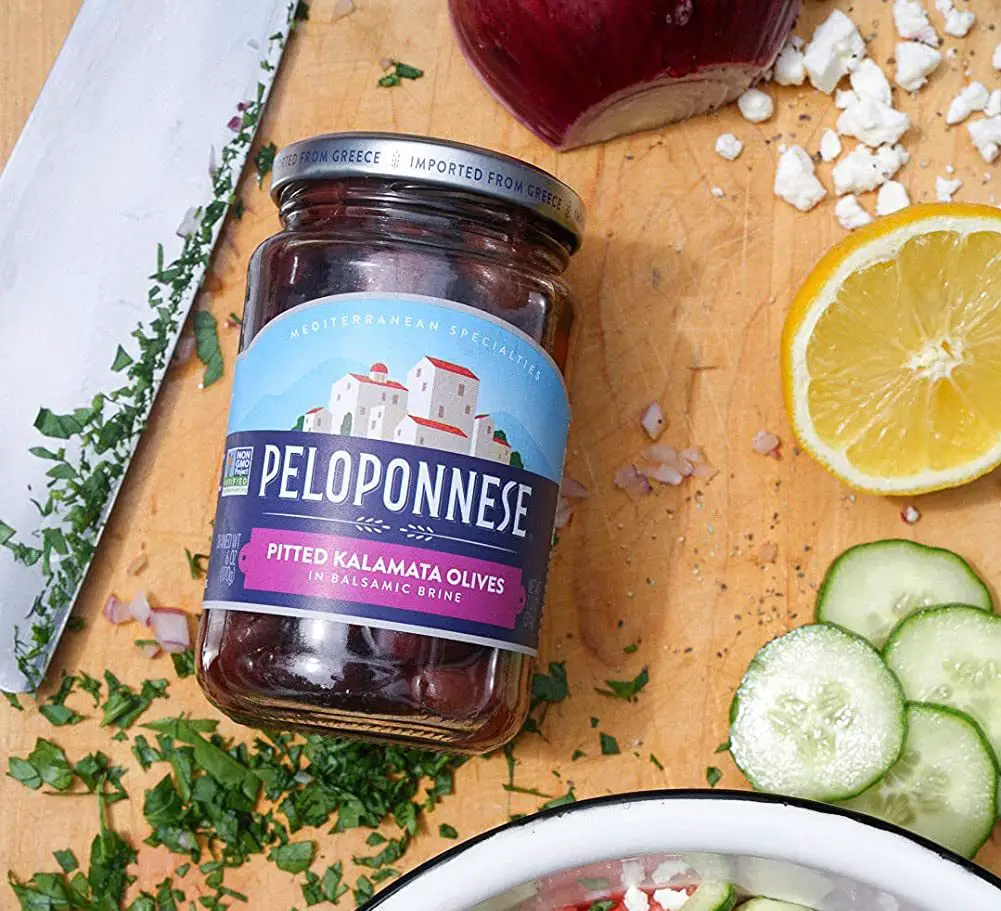
What’s important to mention here is that Kalamata olives have a completely different taste and will change the whole flavor of the dressing…but for good.
Kalamata olives have a generally fruity and sweet flavor with a hint of meatiness and a signature sharpness that we don’t taste in typical olives.
Combined with the herbs used in green goddess dressing, it gives the dressing a unique and pleasant taste that wouldn’t be possible with any other alternative.
Use it in a 1:1 quantity to anchovy paste for a balanced taste.
Best substitute for dried anchovies: anchovy paste
Dried anchovies hold a special status in Korean and Japanese cuisine. They generally come in two varieties; the large ones and the small ones.
The large anchovies are used in dishes like soups and stews, where an extra punch of umami is necessary.
However, the small anchovies are mostly eaten individually. People commonly saute them with chili, garlic, and a little sesame oil and eat them as a snack.
Where there is no special substitute for the smaller variety (due to their particular use as mentioned), the larger ones can be replaced with anchovy paste.

Anchovy paste is a good substitute as it has the same salty, fishy, and umami flavor you would expect from dried anchovies.
Thus, it is generally an excellent choice for stews, soups, curries, and even pasta sauce. The solid flavor complements just about anything that could use dried anchovy fish.
Best substitute for anchovy fillets: shrimp paste
Don’t have those canned anchovy fillets to make your favorite dish? Don’t worry because shrimp paste is there to save the day.
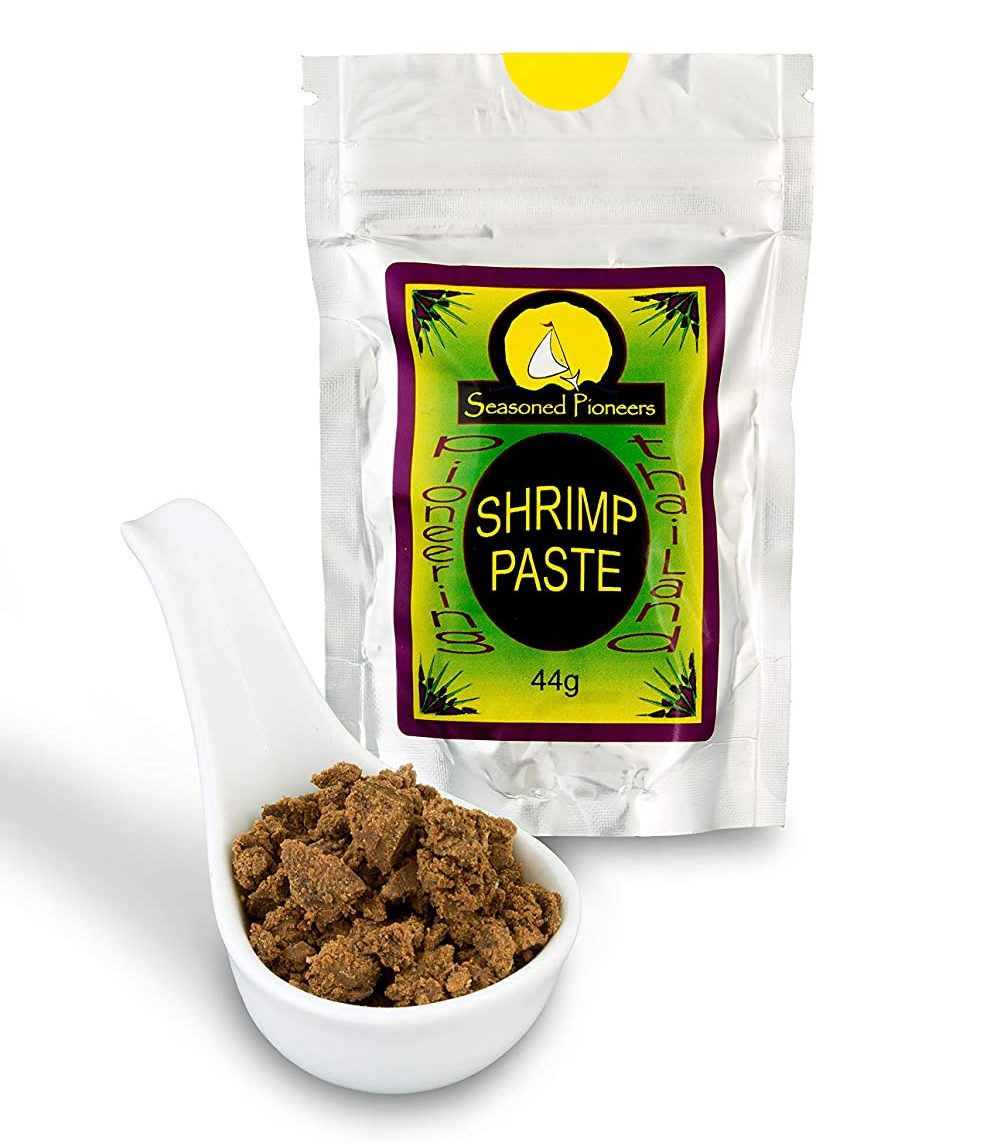
Shrimp paste is made from fermented ground shrimp and has the same fishy, salty, and savory flavor; however, a little milder compared to the extremely fishy and intense flavor of anchovy fillets.
You can use shrimp paste in many dishes, from curries to tomato sauce, miso paste, stock, and anything in between. It’s just too versatile.
Just keep one thing in mind, always use it a little sparingly.
Since shrimp paste has a very bold flavor, overusing it can make your dish ultra salty and fishy.
Best vegetarian / vegan substitute for anchovies: umeboshi paste
Nothing complements a salad best than the good old anchovy paste.
However, If you don’t have anchovy paste available for some reason, or you simply prefer to follow a vegan diet, you can also use umeboshi paste instead.
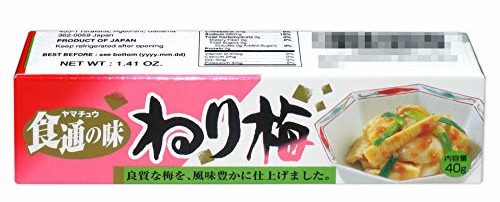
Despite being prepared from the ume fruit, a type of plum, it doesn’t taste sweet. Instead, it has a unique, salty, savory, fruity flavor with hints of woodiness.
The high amount of citric acid, intense salty flavor, and thick consistency make umeboshi paste a great dried anchovy substitute in times of need and one of the best vegan substitutes for anchovy paste.
You could also use it as a fish sauce substitute in many dishes.
Another great vegan substitute for anchovies is using chopped Kalamata olives.
It will add good color and texture to your salad, complementing it with a mix of sweet and salty flavors.
You could also go for nori seaweed, but that should be your last resort if none of the aforementioned options are available.
Use both options in one teaspoon proportion to anchovy paste in your dish.
You will find these in most of your nearest grocery stores.
Umeboshi paste is also a favorite filling in yummy triangle onigiri (learn how to make it here)
Best substitute for anchovies in oil: anchovy paste or fresh anchovies
Anchovies stored in oil or canned anchovies have an extremely intense flavor that cannot be substituted with any other thing but other anchovy products.
The best substitutes that I have selected here are in two different contexts.
The paste is to replace anchovies in dishes where you just want to add them to have some savory funk, like salads, stews, and soups.
On the other hand, the fresh fish is for times when you want to skewer the thing whole and get a bit adventurous with your recipes.
Here, it’s important to mention that fresh anchovies are quite difficult to find.
FAQs
Can sardines substitute for anchovies?
In the most straightforward words, no! You cannot substitute sardines for anchovies because both have very different tastes and behavior when cooked.
Anchovies are more fishy and salty when cooked and tend to melt away, flavoring the entire dish. On the other hand, sardines are beefier and have thick flesh.
By replacing anchovies with sardines, you are basically changing the whole recipe, which can sometimes end in a culinary disaster.
Can you substitute anchovies for anchovy paste?
Anchovy paste is a great substitute for anchovies in almost every recipe, from salads to soups and anything in between.
Use half a spoon for every anchovy you would put in your recipe for the best results and optimum flavor.
What is a vegetarian or vegan substitute for anchovies?
The best vegetarian substitutes for anchovies include chopped Kalamata olives, umeboshi paste, and nori seaweed.
Can I substitute capers for anchovies?
Yes! In fact, capers are a great substitute for anchovies on your pizza.
They provide the same salty flavor intensity but without the fishiness and also work for vegans and vegetarians.
Use them as a topping for pizza or in sauces and salads instead of anchovies.
Conclusion
Anchovies are the soul of many dishes in Korean and Japanese cuisine.
Their savory flavor, when combined with the fishy hints and slight saltiness, is enough to give a dish that umami kick everyone craves.
But what to do when you can’t find anchovies? You get a substitute that tastes similar, or at least as good even if the taste is different.
In this article, I tried to walk you through all the possible replacements you can opt for in place of anchovies.
From authentic to vegetarian, fishy to clean, and anything in between. I hope you got what you needed for your recipe.
Read next: Don’t have dashi stock? Use these 6 secret substitutes instead!
Check out our new cookbook
Bitemybun's family recipes with complete meal planner and recipe guide.
Try it out for free with Kindle Unlimited:
Read for freeJoost Nusselder, the founder of Bite My Bun is a content marketer, dad and loves trying out new food with Japanese food at the heart of his passion, and together with his team he's been creating in-depth blog articles since 2016 to help loyal readers with recipes and cooking tips.
